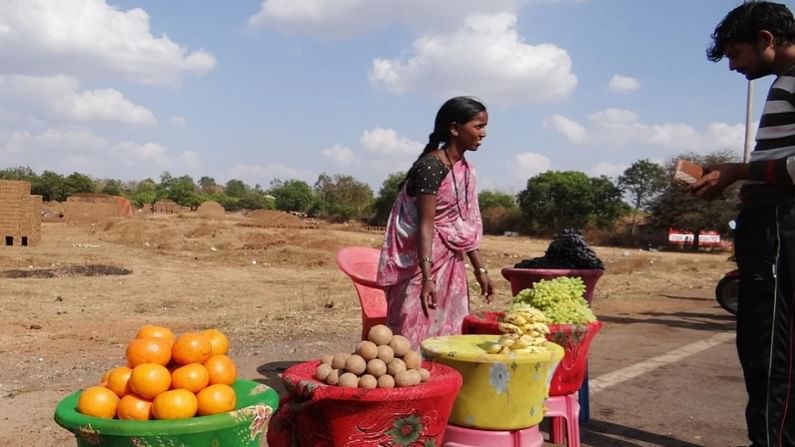Will inflation rear its ugly head?
India, which is going through the ill-effects of a pandemic and the concomitant fall in economic activities, can't afford to face higher inflation

While keeping the key interest rates unchanged, the Reserve Bank of India (RBI) will keep a close watch on the inflation. According to the central bank, the country’s retail inflation, measured by the Consumer Price Index (CPI), is projected at 5.1% for 2021-22, marginally up from its earlier projection of 5%.
It has predicted 5.2% inflation in the first quarter, 5.4% in second, 4.7% in third and 5.3% in the fourth quarter of 2021-22.
What is bringing some solace is the weak demand across the country on account of the pandemic, which will act against the inflationary pressures. India, which is going through the ill-effects of a pandemic and the concomitant fall in economic activities, can’t afford to face higher inflation.
Mint Street view
Michael Patra, deputy governor, said the view of the monetary policy committee is that this time the inflation is not persistent. “Inflation will turn persistent when it is backed by demand pull. At the current stage, we find demand very weak and there is no demand pull in the inflation formation. It is mostly on the supply side. But we are very vigilant about demand pressures,” said Patra.
According to the RBI, the favourable base effects that brought about the moderation in headline inflation by 1.2 percentage points in April may persist through the first half of the year, conditioned by the progress of the monsoon and effective supply side interventions by the government.
It further said upside risks to inflation emanate from persistence of the second wave and consequent restrictions on activity on a virtually pan-India basis. “In such a scenario, insulating prices of essential food items from supply side disruptions will necessitate active monitoring and preparedness for coordinated, calibrated and timely measures by both the centre and states to prevent emergence of supply chain bottlenecks and increase in retail margins.”
According to Shaktikanta Das, RBI governor, the rural demand had dented in the first wave. “The data shows that the second wave has moderated from 4.14 lakh new infections per day on May 6 to around 1.32 lakh now. Our assessment is that the second wave will be contained in the first quarter. Once that happens, good monsoon and good agriculture will offer a good support to the rural demand. Regarding urban demand, most of the businesses and industries have already adapted to the new situation and once the lockdowns are gradually removed, I would expect the activities and hence the urban demand to pick up even more,” he said, adding that the focus on the growth will continue.
He believes inflation is unlikely to play spoilsport. “The upward revision is not significant. It has moved up from 5% to 5.1% for FY22.”
Centre-states synchronisation
The RBI Governor has called for a co-ordinated action between the Centre and states to take care of the supply-side constraints and oil prices. “On pulses, there were some supply-side measures recently taken by the government. The centre and state government have to decide on the supply-chain and free movement of goods. Then, there is the issue of petrol and diesel prices where again a coordinated action is needed. They have to take a decision looking at the constraints faced by them regarding financing of their fiscal deficit. I am sure the government is also monitoring the inflation scenario.”
The RBI six-member monetary policy committee, headed by the governor, kept the benchmark interest rate unchanged. The repo rate (lending rate) will continue at 4% and reverse repo rate (RBI’s borrowing rate) at 3.35%. The committee also decided unanimously to continue with the accommodative stance as long as necessary to revive and sustain growth on a durable basis and continue to mitigate the impact of Covid-19 on the economy, while ensuring that inflation remains within the target going forward.
Elbow room for RBI
According to the central bank, the April inflation at 4.3% has brought with it some relief and policy elbow room. “A normal south-west monsoon along with comfortable buffer stocks should help to keep cereal price pressures in check. On the other hand, the rising trajectory of international crude prices within a broad-based surge in international commodity prices and logistics costs is worsening cost conditions. These developments could keep core price pressures elevated, although weak demand conditions may temper the pass-through to consumer inflation,” it said.
According to RBI annual report 2020-21, published on May 27, the evolving CPI inflation trajectory is likely to be subjected to both upside and downside pressures. “The food inflation path will critically depend on the temporal and spatial progress of the south-west monsoon in 2021. Second, some respite from the incidence of domestic taxes on petroleum products through coordinated action by the centre and states could provide relief, although international crude oil prices continued to be volatile. Third, a combination of high international commodity prices and logistic costs may push up input price pressures across manufacturing and services,” said the report.
In April 2021, inflation had moderated on favourable base effects. The central bank had earlier blamed the regular hikes in pump prices of petrol and diesel on the back of firming crude oil prices and higher excise duties as a reason for the inflation.